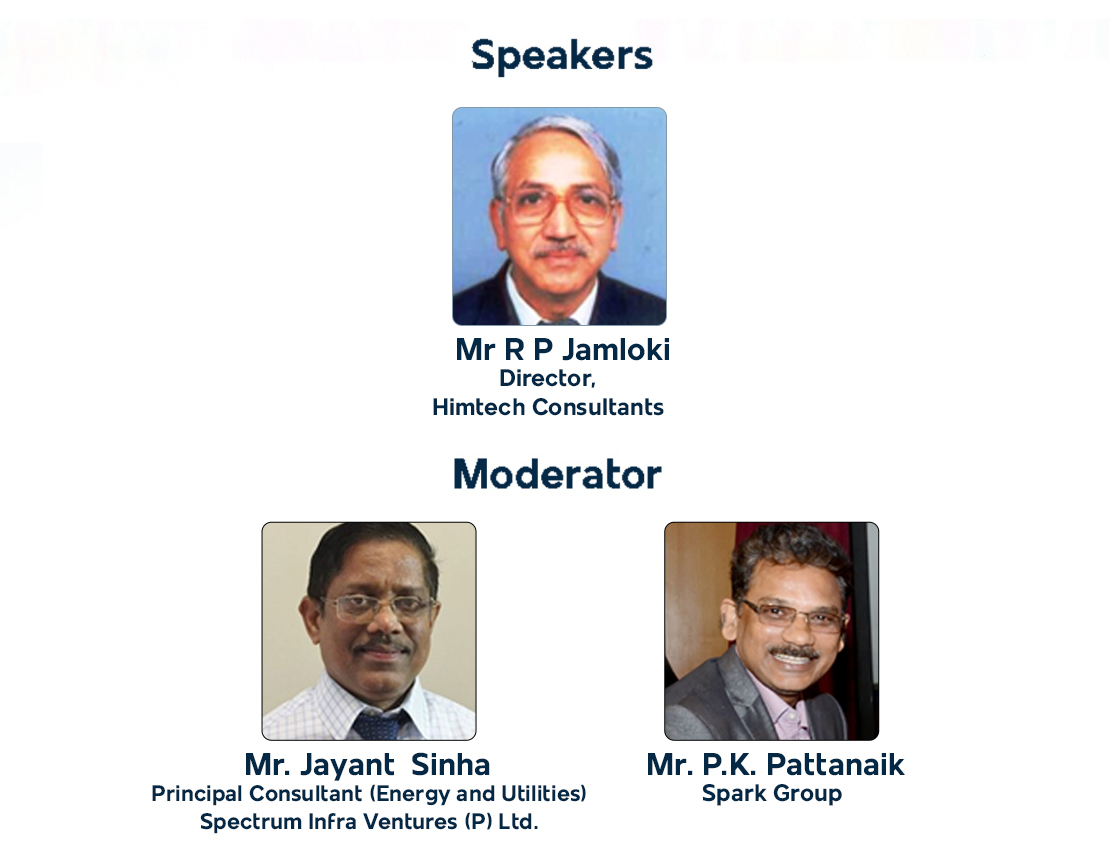The global spread of COVID-19 has left many individuals and communities filled with concern. The International Copper Association (ICA) stands with its members as they focus on the health, safety and well-being of their employees, their families and the communities in which they operate. We just saw the impact of super cyclone ‘Amphan’ completely disrupting life in eastern part of India. Nothing is more important than human lives as we confront such crisis. We believe knowledge sharing is one form of co-operation and ‘Sharing is Caring’.
Power Distribution is nothing but keeping the ‘Life On’, and more importantly the ‘Lives safe’. It depends on ‘Reliable and Efficient infrastructure. Distribution Lines, Distribution Transformer (DT), Substation are few of the vital high capex asset for DISCOMs. With some benchmarking data from few DISCOMs, it is observed that the technical losses in old legacy DTs and systems have deviated significantly from the specification values. It is estimated that the average overall technical losses in DTs with these DISCOMs could be as high as 3%, compared to 0.5% ideal value. This makes DT one of the key intervention areas for the DISCOMs to bring down their overall Technical losses. Besides line losses are impacted by various operational constraints or gaps in planning and investment from time to time.
High failure rate and downtime is result of weak asset management practices including low quality of repairs, and maintenance of DTs and other systems. These have resulted in lack-lustre DISCOM performance during each planning period andincreasing technical losses. More often, ATC loss is the only performance metric tracked by DISCOMs, but attention is also needed into the inherent characteristics of the DTs and their impact in efficient power distribution system, including technical losses. While commercial losses are reflective of management efficiency and people accountability, which have to be enforced, the technical losses can be controlled through proper planning, procurement, quality assurance, installation and O&M practices. DISCOMs can do much better by taking steps to prolong asset life, thus avoiding the need for costly repair or replacements, as far as practicable, and save on downtime costs as well, particularly during emergencies.
Poor financial state of DISCOMs is a cause of great concern for the whole power sector.There are many reform programs initiated by the Government of India to modernize and improve the distribution network, utility processes and overall financial sustenance of DISCOMs, including Integrated Power Development Scheme (IPDS), DeenDayal Upadhyaya Gram Jyoti Yojana (DDUGJY), Ujwal DISCOM Assurance Yojana (UDAY) and others. These programs have yielded some positive results in ATC loss reduction and system improvement, but the progress has been slow. Many DISCOMs have focused their overall loss reduction initiatives only around making DTs as profit centres, but again the focus is usually on factors external to the DTs, a trend which needs to be relooked.
The webinar series “Efficiency and Reliability in Power Utilities” is a joint initiative of ICAI along with pManifold Business Solutions and Spark Group. This webinar, first in the series, will bring Indian experts sharing their experiences from the field and answer the following questions:
- How has been their experience in Distribution system, DT and it’s critical role to deliver reliable, efficient and safe supply to consumers?
- What are the key reasons of high DT failure in India and where we are going wrong! How DISCOMs can meet their key KPIs by ‘doing more with less’
- What best practices can be adopted by Indian DISCOMs from specifying to upkeeping for getting best of their vital assets in distribution system?
- What planning /decision matrix support is always needed to be in preparedness for quality supply delivery including such time for crisis?
- What are ways for DISCOMs to carry out Risk based asset management for DTs?



